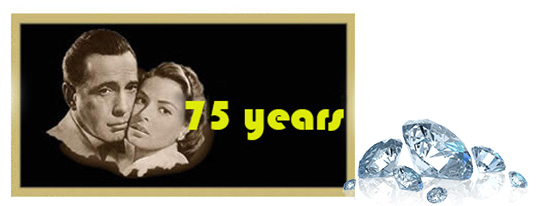
| CASABLANCA is 75 years young, and many venues are playing the World War II romance to sold-out audiences, and standing ovations. After all these years, the movie has not lost its appeal. Audiences flock to see a love story from a time when, politically, everything made sense. The Germans were bad, and we were the good guys. Rick Blaine, Ilsa Lund, and Victor Laszlo were fighting the good fight against Hitler, Nazism, and Major Strasser was the clear villain of the story. And, oh, yes, then there was Louis Renault who is in it for himself, even if he has to side with the Germans. |
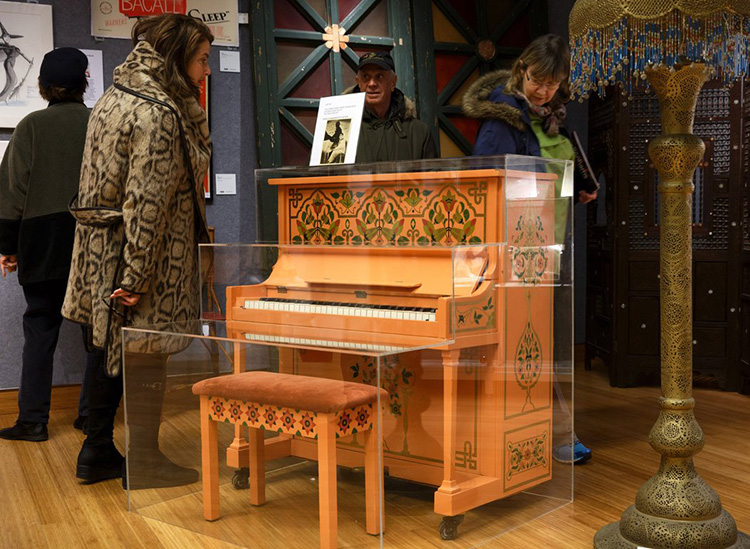 |
| There's nothing much left of the filming of CASABLANCA. Sure, now and then props used in the film are auctioned off for amazing high prices. Sam's piano used in the filming of the interiors of Rick's Café Américain sold for 3.4 million dollars at Bonham's TCM auction in 2014, and the other piano Sam played that appeared in the Paris flashback fetched $602,500 at Sotheby's two years earlier. |
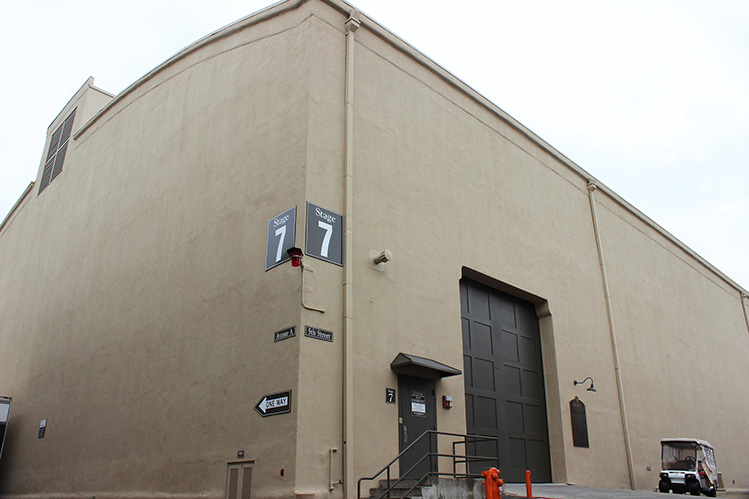 |
You're not going to find many of the sets originally used for the filming, but Stage 7 is still standing in the Warner Brothers lot. These sound-stages were built after the Warner Brothers revolutionized Hollywood with a little film called The Jazz Singer. Suddenly, audiences demanded sound pictures. The studios tore down the old silent film stages and put up these massive sound-proof buildings. All sections of Rick's Café Américain were built inside of Stage 7. There were very few outdoor shots in the film, partly as a result of the film being originally a play that took place entirely inside the café (Everybody Comes to Rick's), and because of World War II and the sighting of a Japanese submarine off the coast of California. People were terrified that the Japanese would attack the mainland, and therefore there was no location shooting and no nighttime shooting on this film. Over the years, Stage 7 came to be known as "lucky 7." Here were filmed three Warner Bothers Best Picture winners: The Life of Emile Zola (1937), My Fair Lady (1964), and of course, CASABLANCA (1942). |
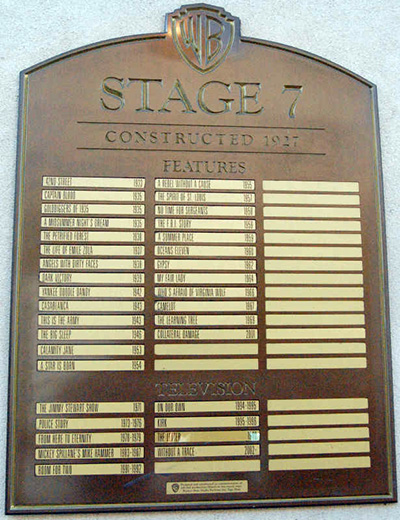 |
When one visits the Warner Brothers lot it is great to see that each Sound Stage has a plaque informing when the building was erected, and the productions that were filmed there. These buildings are full of history, but it is all ephemeral. You're not going to find anything inside of them that will remotely remind you of any of the great movies that were filmed within their walls. There might be ghosts lurking in their vast emptiness, but they are particularly silent ones. The interiors were nothing more than empty shells that only came alive when talent occupied them for a few months. Warners was one of the major film factories of the Golden Age, and these stages were used constantly. When one production finished, the sets were struck, props were saved for a future film, and a new crew and cast occupied the space for a few more months. What remains is the finished celluloid product, and that's the important thing. |
| Of course, Warner Brothers committed themselves to this A-list film, and took many photographs of the set even before the actors graced it with their presence and their performances. Above is a shot of Rick's Café. But once production closed down on CASABLANCA, Stage 7 looked something like this: |
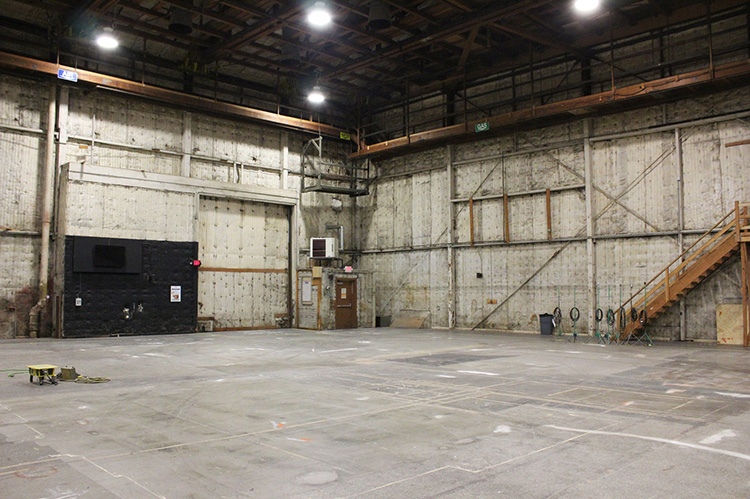 |
| This is what I saw when I visited the Warner Brothers lot a few years ago. Of course, there's nothing on the four walls that would vaguely bring to mind CASABLANCA. But, standing in the middle of that vast empty sound-stage you could almost hear those famous, often-quoted lines very faintly echoing through the empty walls. These ghosts are indeed quiet. but I get the feeling that they spoke up more than usual just because I was visiting. |
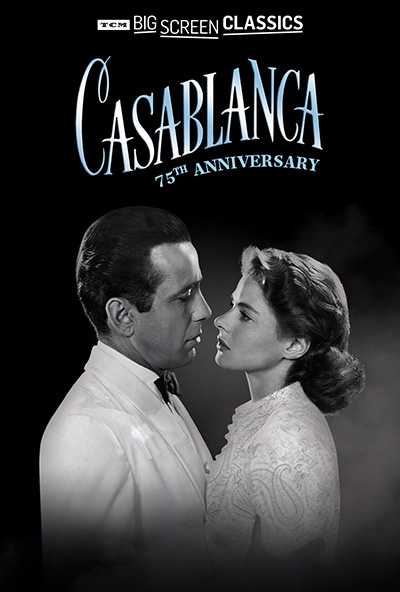 |
|
Go back to Vincent's CASABLANCA HomePage |
